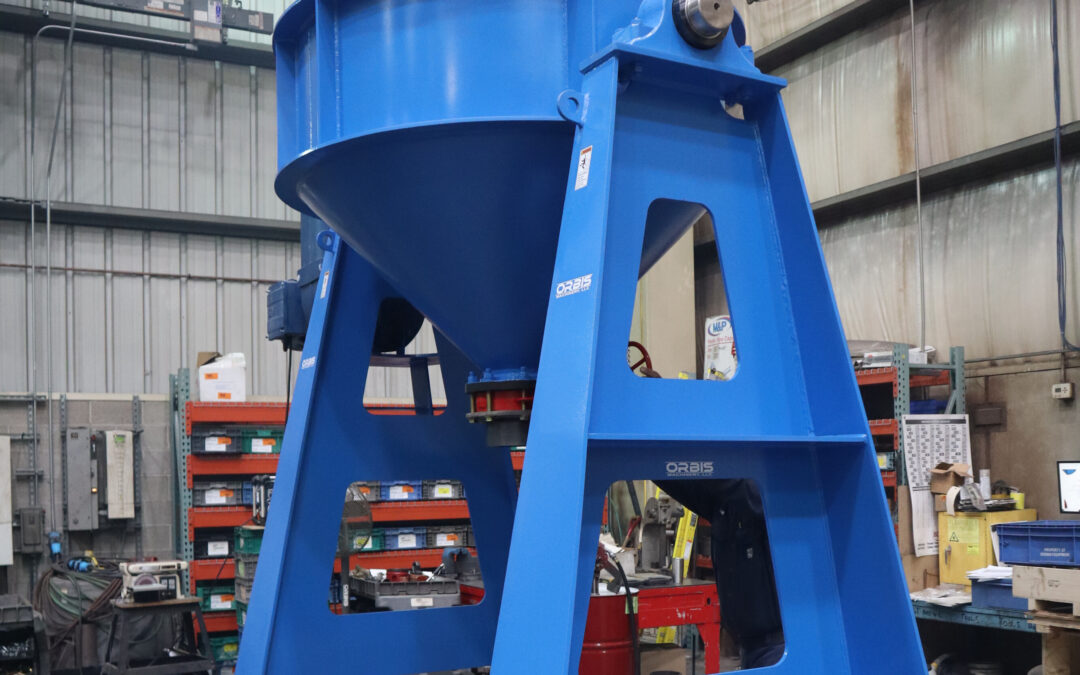Food plant designs have made massive strides in recent years and the needs of the industry are constantly evolving. As more information is brought to light, companies are making strides forward as far as sanitation, energy efficiency, and especially creating healthy food. With these concerns on the rise, it is key that plant owners and management take a step back and identify if they are meeting these new higher standards. Below are some of the top concepts to make sure your food plant is operating at its maximum efficiency.
1. Energy Efficiency
Arguable the most important trends on this list, energy efficiency is crucial to the future success of a food plant. There has been increased concerns with the environment which in turn has become a significant factor in future design plans. There are a number of ways one can improve the energy efficiency of a food plant. First, you must be sure that the plant is well insulated. This prevents any heat or cold from escaping and eliminates the need for machinery to work harder than it already is. Another way to drastically reduce energy costs is by switching to LED lighting. LED lights both require less energy and last significantly longer than the standard halogen bulbs. The last option, which is often overlooked, is water conservation. With this item being on the top of many consumers lists, plants should look for ways to increase the efficiency of their water use. Many plants can accomplish this through implementations such as trench drain systems and advanced flow meters.
2. Natural and Healthy Foods
Consumers are not only becoming more conscious of industry’s influence on the environment, but also themselves. As people are paying more attention than ever to what they are putting into their bodies, it is crucial for food plants to step up to those expectations. In additional, allergens such as peanuts and gluten are garnering more attention and options that are available for those with dietary restrictions are in high demand. Although there are minimal requirement changes to implementation of healthier options, dietary restrictions may require additional machinery to make sure they are up to standards.
3. Sanitation Design
Sanitation is one of the most important factors of a food plant. Not only does it affect the quality of your product but also the safety of staff and consumers alike. This holds a special level of importance for those dealing with non-allergen products. Make sure your sanitation programs are addressing all surfaces, support areas, equipment and employee welfare. This should be high on all food plant priority lists to make sure to ensure you are meeting all safety and regulatory requirements.
4. Natural Disaster Plans
In recent years, we have seen a number of unexpected natural disasters cause an abundance of damage across the country. As a result, management has been looking into ways to better protect their plants from future disasters. It is crucial that location of both suppliers and the plant itself is taken into consideration as certain locations are more prone to specific weather-related issues. In addition, emergency protocols need to be in place throughout the plant to ensure that, should something occur, the location is prepared. These protocols protect production, machinery, and most importantly your staff.
5. Mergers and Acquisitions
Despite the large-scale acquisitions we often see in the news, not all mergers need to be this large or expensive. Consumers want to see more from small businesses. The best way for them to accomplish this is by larger companies acquiring smaller food plants. This sets these small companies up for success while giving them an introduction into a larger marketplace they otherwise may not have been exposed to.
Best Practices for Food Plant Design and Construction. (2014, September 18). Retrieved from https://www.gray.com/news/blog/2012/04/20/best-practices-for-food-plant-design-and-construction
Cramer, M. (n.d.). Six Steps to Effective Sanitary Design for the Food Plant. Retrieved from https://www.foodsafetymagazine.com/magazine-archive1/februarymarch-2003/six-steps-to-effective-sanitary-design-for-the-food-plant/



